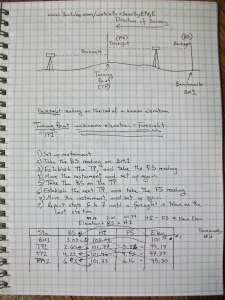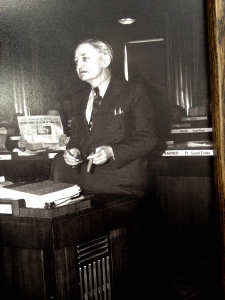It is Easter Sunday, which means over the last couple days I have been eating chocolate eggs and chatting with friends over the best ways and methods to prepare and eat PEEPs (some friends prefer the dry age PEEP, as it changes the resistance a bit). This afternoon friends and family will gather so we can grill (with cowboy charcoal) the t-bone steaks and chicken. Holidays are good and important that way: gives us all another reason to get together.
I caught this NPR piece on the etymology of Easter, the name. It comes from a northern European goddess, Eostra, who was an annual pathfinder for fertility and spring — life, as it is also called. The article mentions the Venerable Bede, and it has been a while since I read any Bede. About a decade to be precise. Bede was one of the many books in my graduate historiography (the history of history) seminar at the University of North Dakota-Grand Forks. We read Bede’s Ecclesiastical history of England, stories about the troubled world of Northumbria from the 5th to the 8th centuries. Those Vikings continued making inroads and eventual settlements in England. As our common narrative goes, it wasn’t until 1066 that the Norman Viking William the Conqueror finally brought the country together (it didn’t go well for Harold at the Battle of Hastings, an arrow in his eye and all).
Bede, though, also wrote The Reckoning of Time, and it is here (according to the NPR) where the bunnies and eggs start making an appearance. Again, not that I’m really going anywhere with this. But it is kind of fun conversation for the Easter grilling this afternoon.








